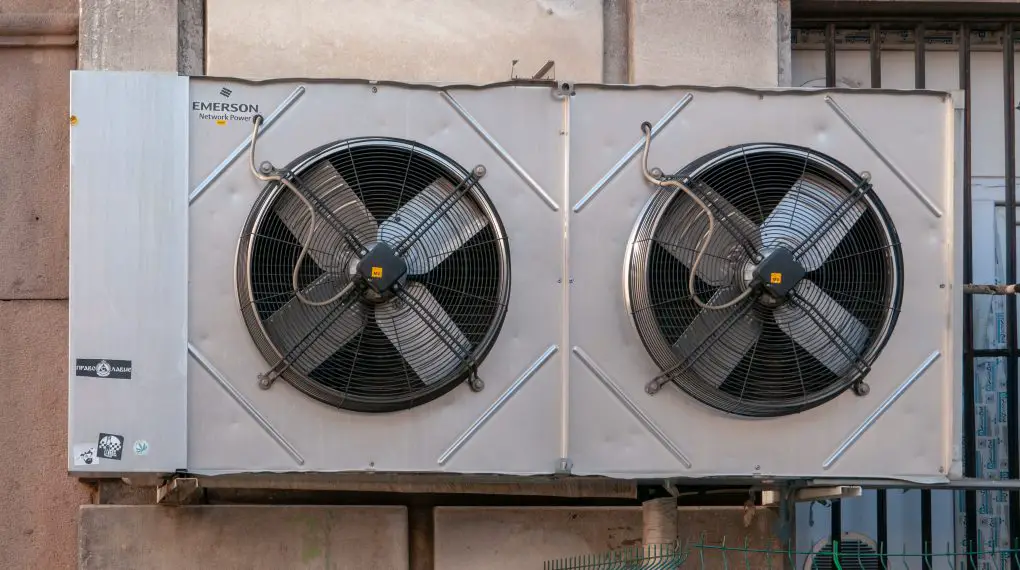If you’re wondering how to tell if home AC compressor is bad, you’re taking an important step toward maintaining a comfortable and safe home environment. In this guide, we will walk you through a comprehensive process to help you spot issues with your home AC compressor easily and effectively.

Table of Contents
Step 1: Observe Unusual Noises
The first step in figuring out how to tell if home AC compressor is bad is to listen keenly for any irregular noises that your AC system might be making. Such noises can include but are not limited to:
Grinding Sounds: Often a result of worn-out bearings.
Squealing: This may indicate problems with the belt connecting the motor to the compressor.
Buzzing: This can be a result of electrical issues or loose parts.
It is essential to identify when these sounds occur – during startup, operation, or shutdown of the system as it can offer clues to the underlying issue. Documenting these sounds can be beneficial when you seek professional help.
Step 2: Check the Circuit Breaker
Before delving deeper into the system, it’s prudent to check the circuit breaker. Here’s how you can do this:
Locate your home’s electrical panel, usually found in the basement or garage.
Find the switch labeled for the AC unit and ensure it is in the “ON” position.
If it is off, turn it back on. If it trips again shortly after being reset, this can be a sign of a more serious issue, potentially involving the compressor.
Note that a continuously tripping breaker is a safety hazard and should be addressed immediately to prevent further complications.
Step 3: Examine the External Unit
Inspecting the external unit is a crucial step in understanding how to tell if home AC compressor is bad. Ensure you cover the following:
Physical Damage: Check for noticeable signs of wear and tear, such as dents and rust.
Leakage: Inspect the area around the unit for any signs of water or refrigerant leakage.
Fan: The fan should be spinning at a consistent speed without producing any irregular noises.
Debris: Ensure there’s no debris obstructing the unit, and clean the area to allow proper airflow.
Regular maintenance of the external unit can enhance the lifespan and performance of your AC system.
Check out these other related articles…
Installing a Used AC Compressor: Step-by-Step Guide
Can a Bad AC Compressor Cause Rough Idle? Detailed Answer
Can a Bad AC Compressor Cause Car to Overheat? Answered
Can I Drive with a Seized AC Compressor? The Full Breakdown
How to Tell If AC Compressor Clutch Is Bad: In 5 Easy Steps
Step 4: Assess the Air Flow
Checking the airflow is a practical way to detect compressor issues. Conduct this assessment by:
Feeling the air: Put your hand near the vent to assess the air’s temperature and pressure. It should be cool and come out with a steady force.
Room-to-room check: Perform this check in different rooms to identify if the problem is isolated or affecting the entire system.
Temperature setting: Ensure your thermostat is set to an appropriate temperature. Sometimes, the issue can be as simple as incorrect thermostat settings.
If you find inconsistencies in the air flow, this could be an indication of a malfunctioning compressor.
Step 5: Consult a Professional
If after following the above steps, you are unable to conclude if your home AC compressor is bad, the best course of action is to consult a professional. A certified technician will have the expertise and tools necessary to diagnose and address the issue accurately, ensuring the longevity and efficiency of your AC system.